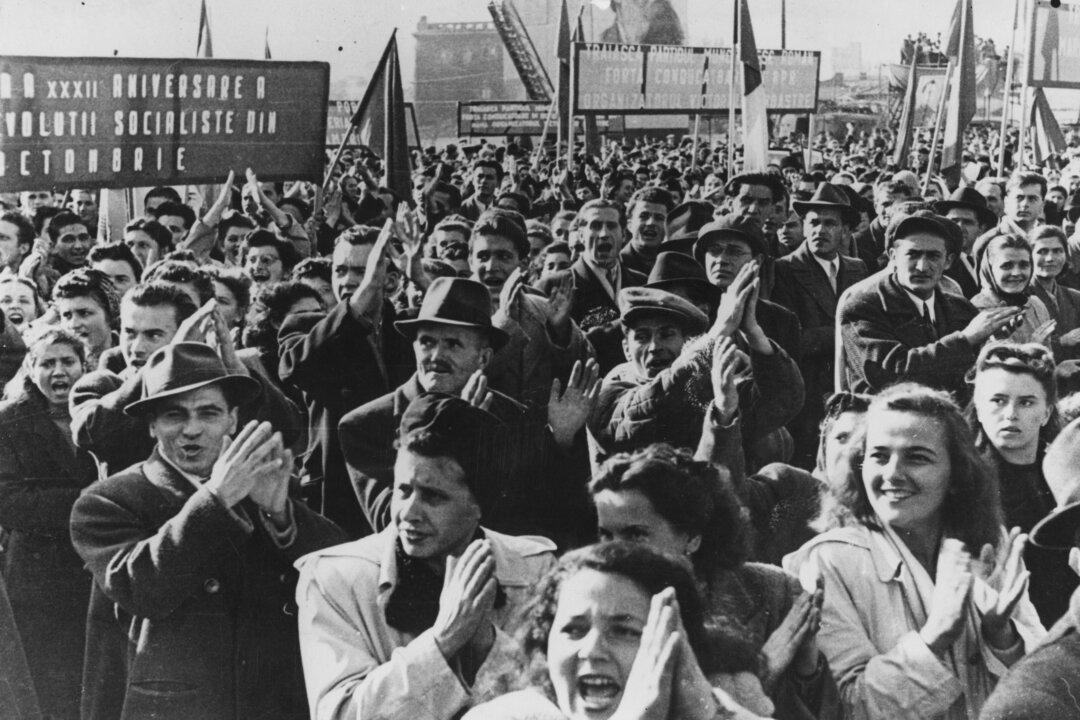One of my few prized possessions left from Romania is a tattered copy of the May 1977 best seller, “Greyhound’s America,” by Romulus Rusan, published under the brutal communist regime of Nicolae Ceausescu. I’ve never met the author until recently, during a reception in Washington, D.C.
In 1977 communist Romania, the child of a blue collar family who did not belong to the Communist Party had zero chance of meeting any esteemed authors simply because we were not allowed to move in such circles. We were lucky if the labor union allowed my parents to purchase subsidized tickets to a play or an opera showcasing the “advantages” of living under communism and the tragedy of being subjugated by the “evil capitalists.”



